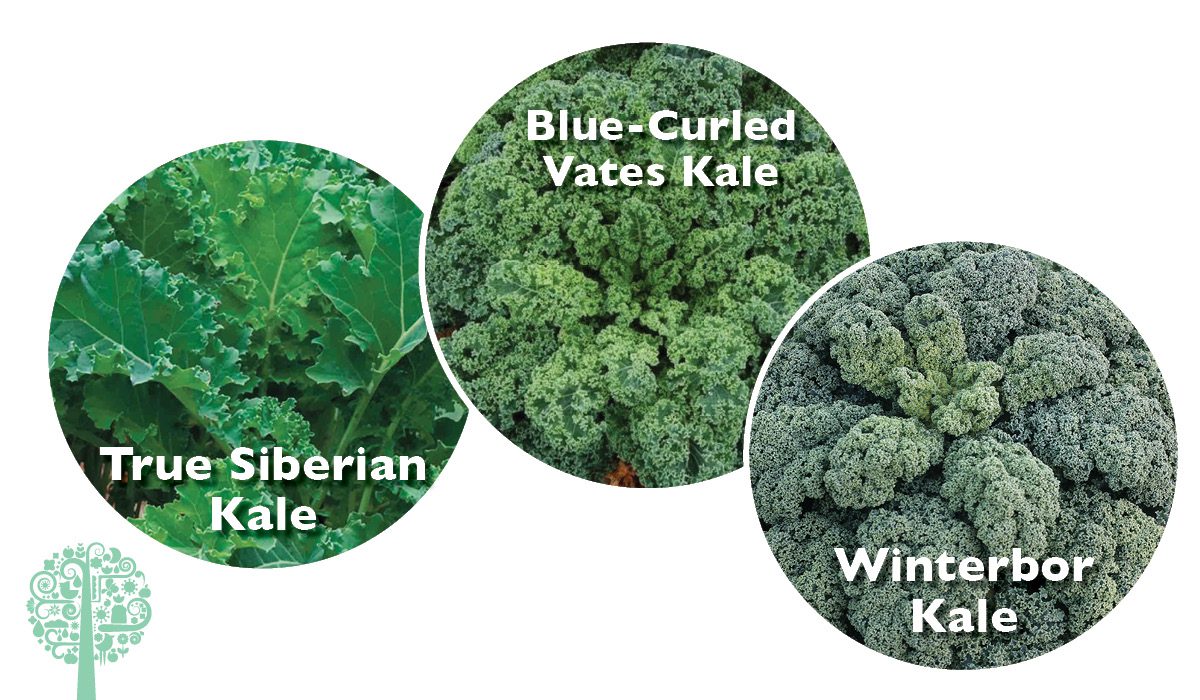Celebrating National Kale Day | Garden Culture Magazine
From World Mosquito Day and Hammock Day to International Talk Like a Pirate Day (really?), there is no shortage of strange holidays popping up on our digital calendars. But National Kale Day? That’s something worth celebrating, and it takes place on the first Wednesday of every October!
What Is National Kale Day?
There’s no arguing that kale is a bonafide superfood, and National Kale Day aims to celebrate all of the health benefits associated with this leafy green. The goal is to highlight the many ways you can eat it and how easy it is to grow!
Superfood Benefits
A cabbage (or wild mustard) family member, kale is high in nutrients but low in calories. A single cup contains only 33 calories, 6 grams of carbs, and 3 grams of protein. It also exceeds the daily recommended values of vitamins A, K, and C.

Kale is a powerful antioxidant that can also lower cholesterol levels and reduce your risk of heart disease. Experts say it can help prevent certain cancers and is an excellent food choice for those looking to maintain or achieve healthy body weight.
Wide Variety
There are so many varieties of kale; it’s hard to keep track! Here are some popular options kale lovers might enjoy:
- Red Russian
- Lacinato Blue or Tuscan
- True Siberian
- Blue-Curled Vates
- Winterbor
Mark Mattus, the author of Mastering The Art of Vegetable Gardening, says Tuscan Black and curly kales are best for cooking and roasting. He recommends Portuguese kale for soups and stews and tender Russian kales for eating raw.
Growing Habits
Kale is a cool-season crop and grows best in the spring and fall; The Old Farmer’s Almanac Vegetable Gardener’s Handbook says this hardy plant tolerates frost and even snow! Simply dust it off and harvest as usual.

Although it prefers colder temperatures, you can enjoy kale throughout the summer months as well. Still, if it gets too hot, kale leaves will bolt and taste bitter.
If planting in the spring, get your kale plants into the ground six weeks before the last frost. Space seedlings 24-30 inches apart and mix compost into the soil. A 5-10-10 fertilizer will also work wonders!

If you’d like a fall crop, directly sow your seeds into the garden three months before the first fall frost. For gardeners growing kale throughout the winter, you’ll need a greenhouse or hoop house to protect it from the extreme cold.
How To Eat It
I love adding kale to soups and stews. Much like spinach, kale quickly wilts when cooking and shrinks significantly, so you’ll want to add quite a bit to the pot or pan to enjoy its hearty flavor.
Kale is also delicious in salads, quesadillas, or made into super healthy kale chips (this recipe from Oh She Glows is fantastic).
Get Celebrating!
If you haven’t already, find a way to incorporate this nutritious crop into your garden. Then, grab your party hat, a bunch of kale, and reap all of the incredible benefits and flavors the leafy green has to offer!




